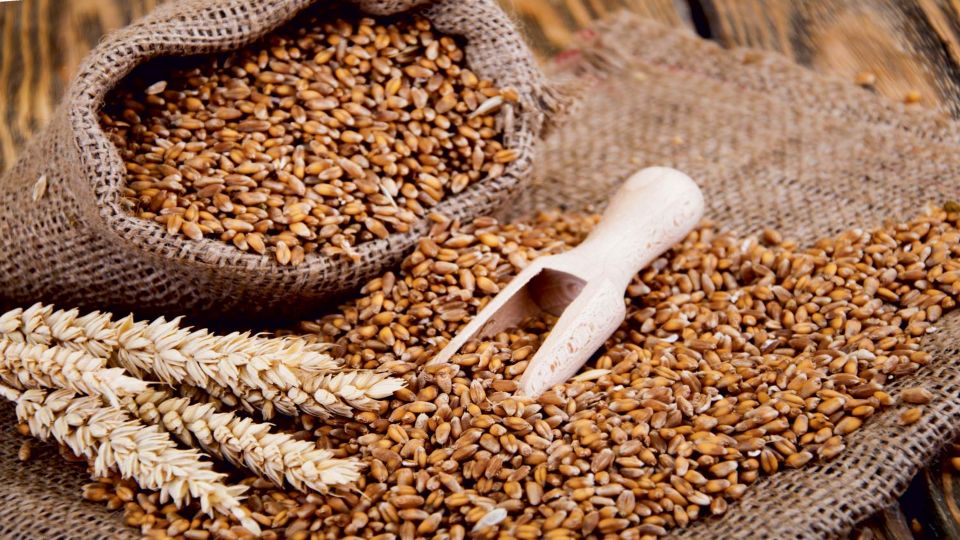Australia: Prices firm amid limited selling, dry week

Prices have firmed this week, the exception being the northern barley market, where transshipments into Brisbane and priced earlier have allowed that market to sink by $5 per tonne.
The severity of dry conditions in northern New South Wales has growers and traders increasingly nervous about the impact of a dry spring on volumes available to the northern feed market, where more livestock are going on to feed as pastures dry off.
In contrast, crop conditions in southern NSW, and across Victoria and South Australia are generally very good.
| July 27 | July 20 | New crop | |
| Barley Downs | $420 | $425 | NQ |
| SFW wheat Downs | $432 | $430 | NQ |
| Sorghum Downs | $406 | $395 | NQ |
| Barley Melbourne | $360 | $345 | $360 |
| ASW Melbourne | $410 | $400 | $415 |
| SFW Melbourne | $410 | $400 | NQ |
Table 1: Indicative prices in Australian dollars per tonne.
Knight Commodities Goondiwindi-based broker Gerard Doherty said current-crop sales were steady.
“Growers are not smashing the market down, and what they’re selling, they’re selling for cash-flow purposes,” Mr Doherty said.
“On new-crop, growers are still very very lightly engaged; it’s taking a while to frame the new-crop market.”
Mr Doherty said growers were knocking back bids of $440/t for SFW for harvest delivery.
“That’s not bad selling, but we can appreciate why growers aren’t that engaged.”
While prospects for average crops are in sight in Queensland, conditions for crops west of the Newell Highway in northern New South Wales are mostly poor because of ongoing dry conditions.
“Some growers are expecting to drop some paddocks for hay.
“We’re not going to have any shortage of grain because of stocks around, and even thought the Queensland crop will be smaller, it’s still looking half decent.
“We’re seeing drought feeders coming in to keep grain in the west rather than have it going east to export.”
Mr Doherty said there was “still a bit of barley around” but volumes traded were very thin.
Strong pricing in northern NSW and southern Queensland has growers from the Mallee and southern NSW looking at selling into what appears to be a developing third-tier market as opportunity feedlotters source product for sheep and cattle.
“There’s still plenty of grain out there, but there’s plenty of talk about El Niño,” one trader said.
It means growers are very conscious of the stronger pricing in the northern domestic market as opposed to the south, and significant and widespread rain next month across eastern states is expected to clear out some stocks ahead of new crop.
“We might see a flush in mid to late August.”
Away from the coast and adjacent areas, little rain has fallen across the Australian grainbelt this week.
Read also
Wheat in Southern Brazil Impacted by Dry Weather and Frosts
Oilseed Industry. Leaders and Strategies in the Times of a Great Change
Black Sea & Danube Region: Oilseed and Vegoil Markets Within Ongoing Transfor...
Serbia. The drought will cause extremely high losses for farmers this year
2023/24 Safrinha Corn in Brazil 91% Harvested
Write to us
Our manager will contact you soon



